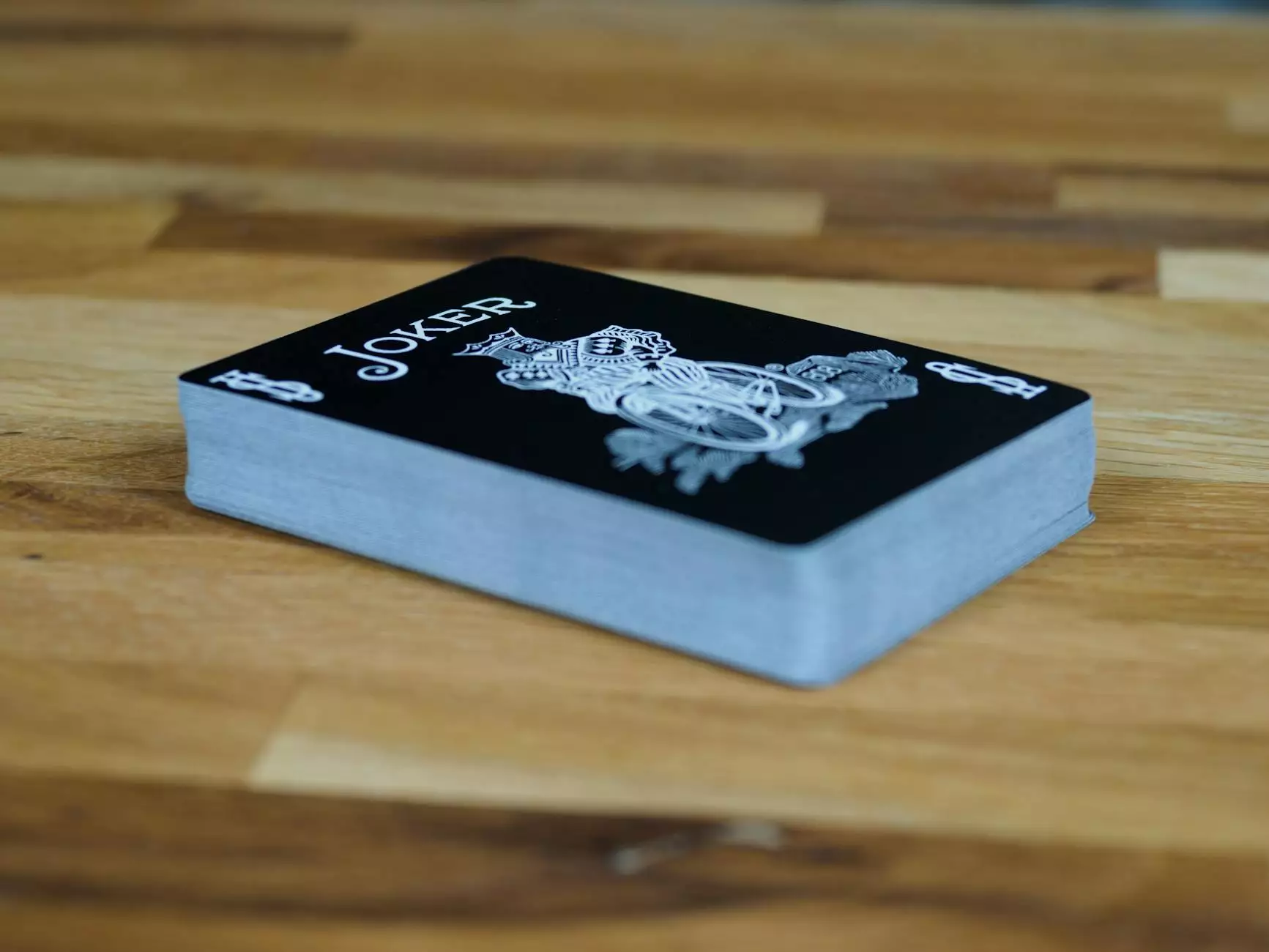The Comprehensive Guide to Car Tie Rods: Ensuring Vehicle Safety and Performance

A car is a complex machine with many components working in harmony to deliver a seamless driving experience. One of the essential pieces of equipment that help maintain this balance is the car tie rod. Without it, your vehicle's steering system would be compromised, affecting safety and performance. In this comprehensive guide, we will explore everything about tie rods, including their construction, types, maintenance tips, and how they contribute to the overall functionality of your vehicle.
What is a Car Tie Rod?
The car tie rod is a crucial component of the steering mechanism in your vehicle. It connects the steering gear to the steering knuckle, allowing for smooth steering and control. Specifically, it transmits the motion from the steering wheel to the wheels, allowing drivers to steer the vehicle effectively. Essentially, tie rods play a vital role in the alignment and trajectory of the car’s wheels.
The Importance of Tie Rods in Vehicle Safety
Understanding the importance of tie rods goes beyond just knowing their function. Here are some fundamental reasons why maintaining your car tie rod is crucial:
- Steering Control: A functioning tie rod ensures that your steering is precise and responsive. This is especially critical in emergency situations where quick reactions are necessary.
- Tire Wear Prevention: Properly aligned tie rods help maintain the correct alignment of the wheels. Misalignment can lead to uneven tire wear, reducing tire lifespan.
- Vehicle Stability: A faulty tie rod can cause instability at higher speeds, making the vehicle harder to control, especially around corners.
- Safety: Worn or broken tie rods can lead to complete steering failure, posing a severe safety risk to both the driver and other road users.
Types of Car Tie Rods
There are generally two types of tie rods found in vehicles:
1. Inner Tie Rods
Inner tie rods are connected to the steering gear. They are responsible for changing the direction of the vehicle based on the driver’s steering input. The inner tie rod can wear out over time due to constant movement, so regular inspections are crucial.
2. Outer Tie Rods
Outer tie rods connect the inner tie rod to the steering knuckle. They play a critical role in steering and maintaining the alignment of the wheels. Because they are exposed to the elements, they are susceptible to wear and damage, especially in harsh driving conditions.
Signs of a Faulty Tie Rod
Knowing the signs of a faulty car tie rod can save you from dangerous situations. Common indicators include:
- Unusual Noises: Clicking, popping, or grinding noises while turning the steering wheel can signify a problem with the tie rod.
- Loose Steering Wheel: If you notice that the steering feels loose or unresponsive, it may be due to a worn tie rod.
- Uneven Tire Wear: If your tires show uneven wear patterns, it could indicate alignment issues caused by a faulty tie rod.
- Vehicle Pulling to One Side: If your car tends to pull to the left or right, it could be a sign of a misaligned tie rod.
Maintenance of Car Tie Rods: Tips and Best Practices
Maintaining your car tie rod is essential for vehicle performance. Here are some tips:
1. Regular Inspections
Inspect your tie rods regularly, especially before long trips. Look for signs of wear, such as cracks or rust.
2. Wheel Alignment Checks
Schedule alignment checks as part of your regular maintenance routine to ensure that your tie rods are functioning optimally and that your tires are wearing evenly.
3. Replace Worn Parts
If you notice wear or damage on your tie rods, replace them immediately. This is a relatively inexpensive repair compared to the costs associated with neglecting this critical component.
4. Protecting from Elements
Consider using protective covers or applying rust-resistant products to extend the life of your tie rods, especially if you live in areas with harsh weather conditions.
Choosing the Right Tie Rod for Your Vehicle
When it comes time to replace your car tie rod, you need to make informed decisions. Here’s how to select the right one:
- OEM vs Aftermarket: Decide whether you want an Original Equipment Manufacturer (OEM) part or an aftermarket alternative. OEM parts often guarantee compatibility but may come at a higher price.
- Compatibility: Always check the compatibility of the tie rod with your vehicle’s make and model. Consult your owner's manual or a trusted auto parts retailer.
- Material Quality: Choose tie rods made from high-quality materials, such as alloy steel, for better durability and performance.
- Warranty: Check if the tie rod comes with a warranty. A good warranty can give you peace of mind regarding your investment.
Installation of Car Tie Rods
Installing a new tie rod is a task that can be accomplished by those with moderate mechanical skills. Here’s a brief overview of the installation process:
Tools You Will Need
- Jack and jack stands
- Wrenches and ratchets
- Tie rod end puller
- Torque wrench
Installation Steps:
- Lift the vehicle and remove the wheel to access the tie rod.
- Use the tie rod end puller to detach the tie rod from the steering knuckle.
- Unscrew the old tie rod from the inner tie rod connection.
- Install the new tie rod by screwing it onto the inner tie rod connection.
- Reattach the tie rod to the steering knuckle using the tie rod end.
- Replace the wheel and lower the vehicle.
- Perform a wheel alignment to ensure proper handling.
Conclusion
The car tie rod is a fundamental component of your vehicle's steering system, playing an essential role in safety, performance, and handling. Regular maintenance and timely replacement can extend the life of your vehicle and ensure a smooth driving experience. Remember to be proactive about inspections, choose the right parts, and seek professional help if you are unsure about any aspect of tie rod maintenance or installation. Prioritizing your vehicle's health will ensure that you drive safely and efficiently for many years to come.
At imautoparts.com, we offer a wide range of high-quality auto parts, including a variety of tie rods for different car models. Shop with us today to find the perfect fit for your vehicle!









